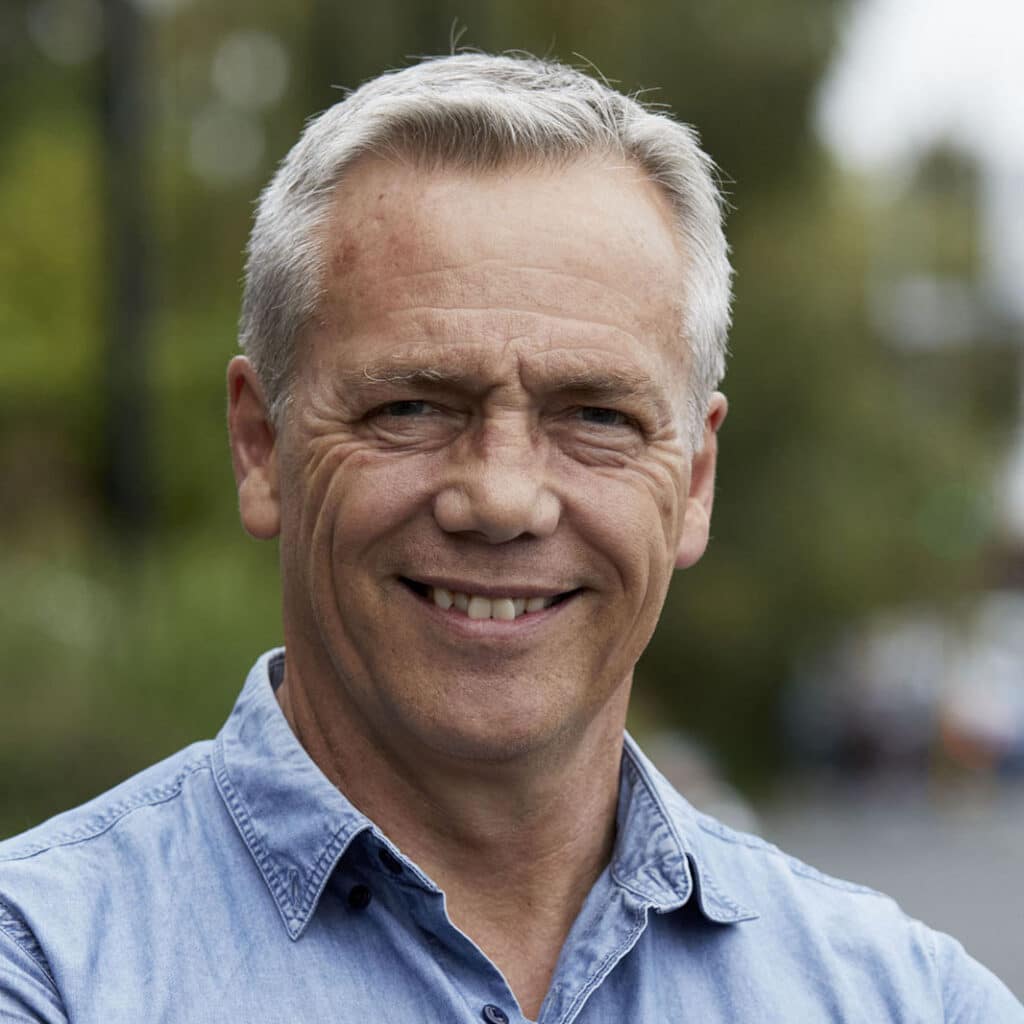Brian Squair, Central Regional Committee Chair and Senior Principal at Chow:Hill Architects, shares his views on the five reoccurring themes in Aotearoa’s property sector.
Mark Twain said, ‘a favourite theory of mine is that no occurrence is sole and solitary but is merely a repetition of a thing which has happened before, and perhaps often’.
This sounds so much more intelligent than Ground Hogg Day, the recurrence of events, happenings, fashion, ideas etc. I confess to thinking that the things we face in the property sector have a certain déjà vu about them, and it has occurred to me that since the beginning of my involvement in the Property Council in 2013, I have seen a number of subjects rinse, cycle and repeat, albeit with differing language and clothing, but essentially the recurrence of ideas of importance.
These five things are front of mind (again) and we need to address them.
Déjà vu perhaps, cliché maybe, “not again” I hear some say, and the general weariness with subjects that keep rearing their heads with surprising regularity.
My own view is that long term progress with these five things requires boldness of leadership, local and central Government collaboration, private sector engagement, and sweat equity devoid of personal ego.
So, these five things:
The cost of doing business
I refer to such things as compliance costs, development contributions, levies, rates differentials, minimum wage requirements, health and safety risk, liability insurances etc ad nauseum. Each is important for our societal and individual wellbeing but adding cost upon cost stifles development.
Adding cost, even when appropriate or necessary, can be as simple as a stroke of a pen whereas enabling productivity is a hard task for any business as it navigates a plethora of trip hazards. Whilst acknowledging the cost side, surely there are ways to reduce unnecessary layers with regulatory efficiencies and transparent processes.
Environmental responsibility
The property sector consists an array of coordinated actors including developers, designers, builders, materials suppliers etc. All are well-practiced in ticking boxes, saying the right things, acknowledging kaitiakitanga, yet few are brave enough to challenge the authenticity of claims and processes to the point of standing against the tide of the collective mood of the day.
The first-to-market ambition, the greenwashing of product promotion and looking good without doing good, pervade our sector. Environmentally sustainable PVC was marketed a couple of years ago – go figure!
A call to all, research the products, as well as where they come from and their lifecycle. The avariciously driven first-to-market goal causes serious exploitation today, as it has done historically.
An example is the open-cast cobalt and lithium mining destroying the environments and ecosystems in the Congo and parts of Australia so that we can feel smug about our use of large electric batteries.
Let’s be honest. If we want to be authentic, then be authentic! Stick to first principles for design, and don’t blindly accept the product sell-job.
Intensification
This is seen as a panacea by some to the housing crisis. It may be a solution, but it should be driven by a desire to provide liveable environments, conservation of land and enhance the character of neighbourhoods and cities.
Those who know me know of my upbringing in a Council Estate in Edinburgh. This was a solution to a housing crisis at the time but certainly failed to provide a genuinely liveable environment.
Meeting the metrics – doing the numbers looks good on a spreadsheet, but unless better design is applied to increasing density models, we will be repeating history by way of long-term social damage.
I’m a fan of density done well.
Quality design need not cost more but will save in a broad spectrum of ways. I would challenge Councils to stop ticking the planning box and consider effects of poorly designed applications.
Someone please stand-up and find ways to enable safe, liveable higher density developments that will stand the test-of time. Someone please stand-up and embrace other models of housing, including co-housing and papakainga.
Infrastructure
Out of sight – out of mind often applies until a 50-year-old sewer pipe bursts, or we are faced with a contaminated water supply. Up until a problem manifests, work on underground pipes appears to be a grudge-buy by Councils.
A combination of deferred maintenance and increased loading has resulted in a major issue in many cities.
We need to bite the bullet on this one.
If our infrastructure capacity needs to be increased or upgraded, then what is the least expensive way to do that? Greenfield infrastructure is touted as cheaper, but is it? Sure, digging a stormwater pipe is quicker and easier in a paddock, but sprawl has other costs including increased expense and emissions due to commutes, lost time costs, lost productivity costs, increased public transport costs.
In fact, the research confirms that upgrading existing infrastructure is cheaper in a holistic sense.
I don’t have the room to discuss public transport matters here. Perhaps a subject for another time.
Active Central Cities and Downtowns
The Central Business District is quite probably a thing of the past.
The increase of work mobility, the increase of sprawl to the fringe which requires retail service centres, and the increasing number of poor quality or poorly maintained commercial buildings has placed great pressure on sustainable city centres.
I am beginning to see some good developments and redevelopments in city centres, and the acknowledgement that all cities are competing for talent.
The good developers are understanding the changing nature of downtown and planning for it with mixed use opportunities and aspirations for attractive safe environments that provide things to see, to do and experience and move our city centres towards live, work, play places.
Councils too, are looking at ways to enable activities and events that promote vibrancy.
Five things – five nettles to grasp.
As per my opening comments, we need bold public sector leadership, collaboration, private sector involvement, including mixed-model funding, central Government support, a quality mindset.
We don’t need ego and we don’t need short-term thinkers or short game politicians.
I like Mark Twain, but with a little effort, we can disprove his theory.
Author | Brian Squair
Senior Principal, Chow:Hill Architects
NZCD, BA, MBA, MIML, UDINZ, AFF.NZIA
Community is at the heart of Brian Squair’s approach to design and his commitment to shaping spaces for the benefit of all end users is evident in his creative and innovative projects.
From collaborative community projects to large-scale commercial buildings, urban development feasibility studies to workplace strategic design and intricate interior fit-outs, Brian’s years of practical design and construction industry expertise in New Zealand and Australia underpin his reputation as a leading New Zealand design practitioner.
Significant projects that have benefited from Brian’s experience include: Union Square urban design, Ferrybank Development Plan, Tauranga Central Police Station and concept design for BOP Regional Council, Tauranga.
Brian’s approach is one of collaboration and innovation. From briefing and concept design through documentation and contract administration, his hands-on style reflects his client-centred perspective. Combined with his in-depth knowledge of buildability and construction detailing, this professionalism ensures outstanding value for his clients.
Currently a member of Hamilton’s Urban Design Panel, Chair of the Property Council Central Committee and formerly on the Hamilton City Council Heritage Advisory Panel, Brian also serves on the Board of Creative Waikato.


